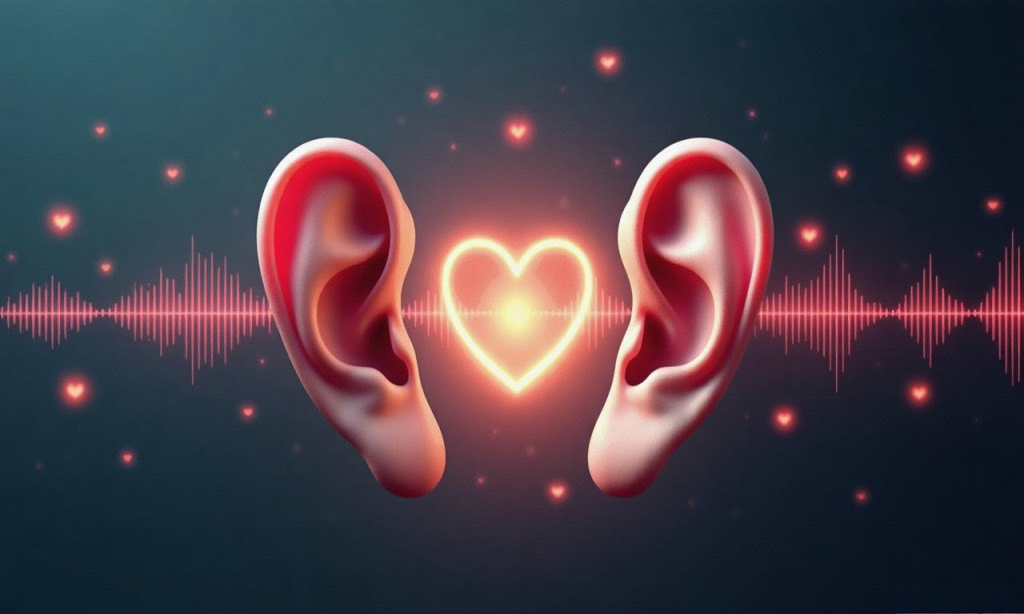
In a world of distractions and quick replies, true listening has become a rare skill—yet it’s the secret weapon of every thriving relationship. Active listening isn’t just about hearing words; it’s about understanding emotions, validating experiences, and making your partner feel truly seen.
This guide explores:
✔ What active listening really means (and what it’s not)
✔ The science behind why it strengthens bonds
✔ Step-by-step techniques to master it
✔ How to fix communication breakdowns
Whether you’re navigating conflicts or deepening intimacy, active listening can transform your relationship.

Chapter 1: What Is Active Listening?
The 4 Pillars of Active Listening
- Full Attention
- No phones, no multitasking—just eye contact and presence.
- Reflective Responses
- Paraphrasing: “So you felt ignored when I didn’t text back?”
- Emotional Validation
- Acknowledging feelings: “That sounds really frustrating.”
- Curious Questions
- Digging deeper: “What did you need from me in that moment?”
What Active Listening Is NOT:
❌ Waiting for your turn to talk
❌ Offering unsolicited advice
❌ Judging or interrupting
Chapter 2: Why Active Listening Saves Relationships
The Science Behind It
- Brain scans show feeling heard triggers oxytocin (the “bonding hormone”).
- Couples who practice active listening report higher satisfaction and fewer conflicts.
Real-Life Benefits:
- Defuses arguments: “I hear you’re upset—help me understand.”
- Builds trust: Vulnerability feels safer when met with empathy.
- Prevents resentment: Unheard emotions often turn into silent grudges.
Chapter 3: How to Practice Active Listening – 5 Techniques
1. The “3-Second Rule”
- After your partner speaks, pause for 3 seconds before responding.
- Why it works: Prevents knee-jerk reactions and shows you’re processing.
2. The “Feelings First” Approach
- Identify the emotion behind words:
- “You sound overwhelmed. Is that right?”
3. Mirroring Body Language
- Subtly match their posture/gestures to build subconscious rapport.
4. Summarize Before Solving
- “Let me make sure I get this—you’re hurt because I forgot our date night?”
- Only then ask: “How can I make this better?”
5. The “No-Phone Zone”
- Designate 15 minutes daily for device-free conversations.

Chapter 4: Fixing Common Listening Mistakes
🚩 Problem: Jumping to Solutions
- Partner: “Work is so stressful right now.”
- ❌ “Just quit your job!”
- ✅ “That sounds hard. Want to vent or brainstorm solutions?”
🚩 Problem: Defensive Listening
- Partner: “You didn’t help with the kids today.”
- ❌ “I was busy too—you’re so ungrateful!”
- ✅ “You’re right. I should’ve stepped in. What would help most tomorrow?”
🚩 Problem: Distracted Listening
- Signs: Nodding while scrolling, vague “Uh-huh” responses.
- Fix: ”I want to focus—can we talk in 10 minutes when I’m done?”
Disclaimer:
Active listening requires practice. For persistent communication issues, consider couples therapy.
Final Thought: Listening Is Love in Action
The greatest gift you can give your partner isn’t grand gestures—it’s the space to be heard. Start small: one conversation at a time, one pause before reacting.
Your relationship will thank you. 💬❤️

Leave a Reply